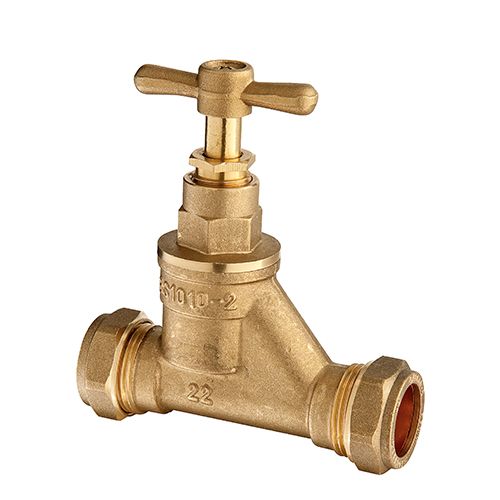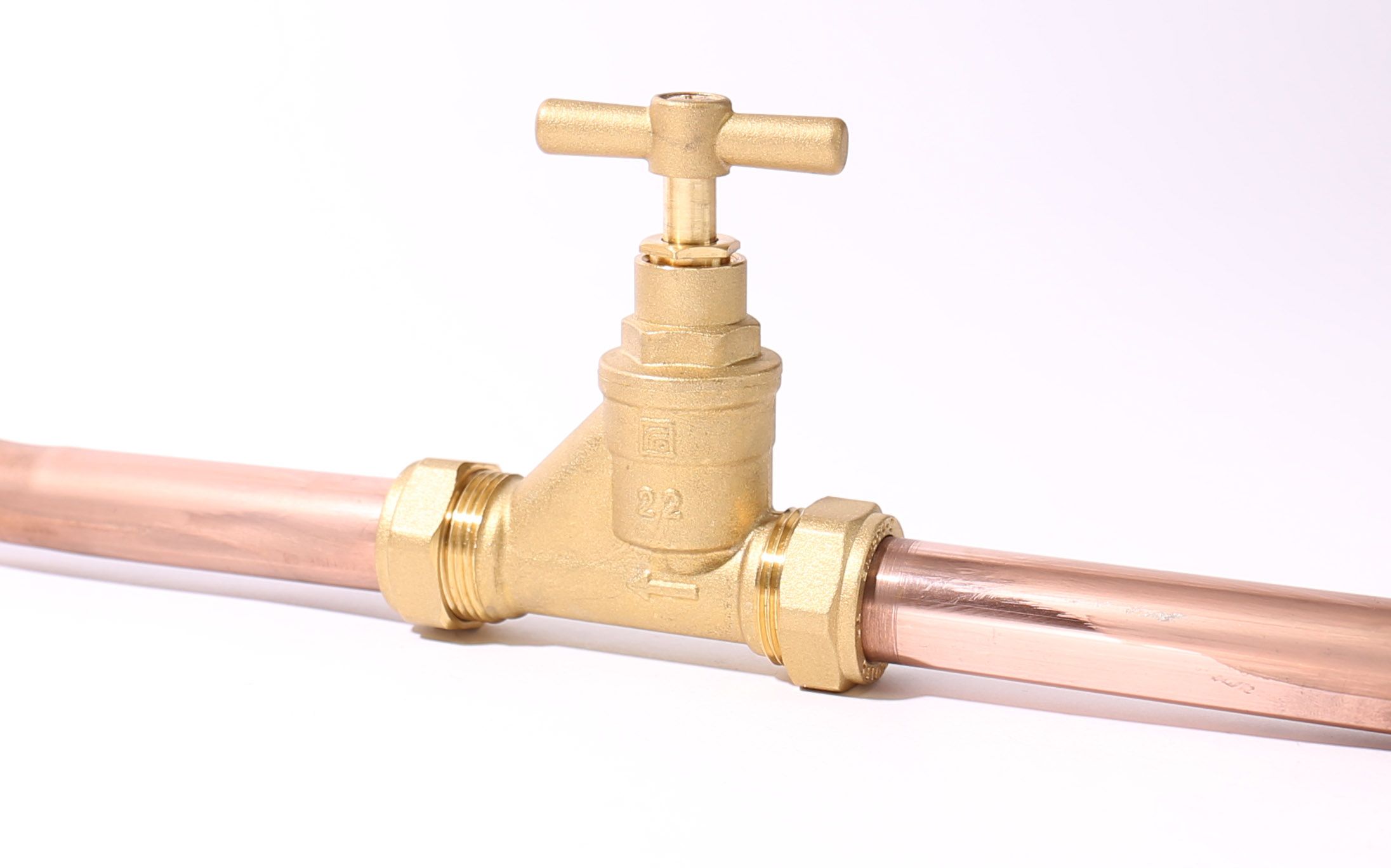Stop Cocks are installed in systems to isolate flow, and should not be used as control or regulating valves. By turning the stem, the gasket inside the valve moves up and down to either interrupt or facilitate the flow of the system.
Applications
- Domestic
- Commercial


